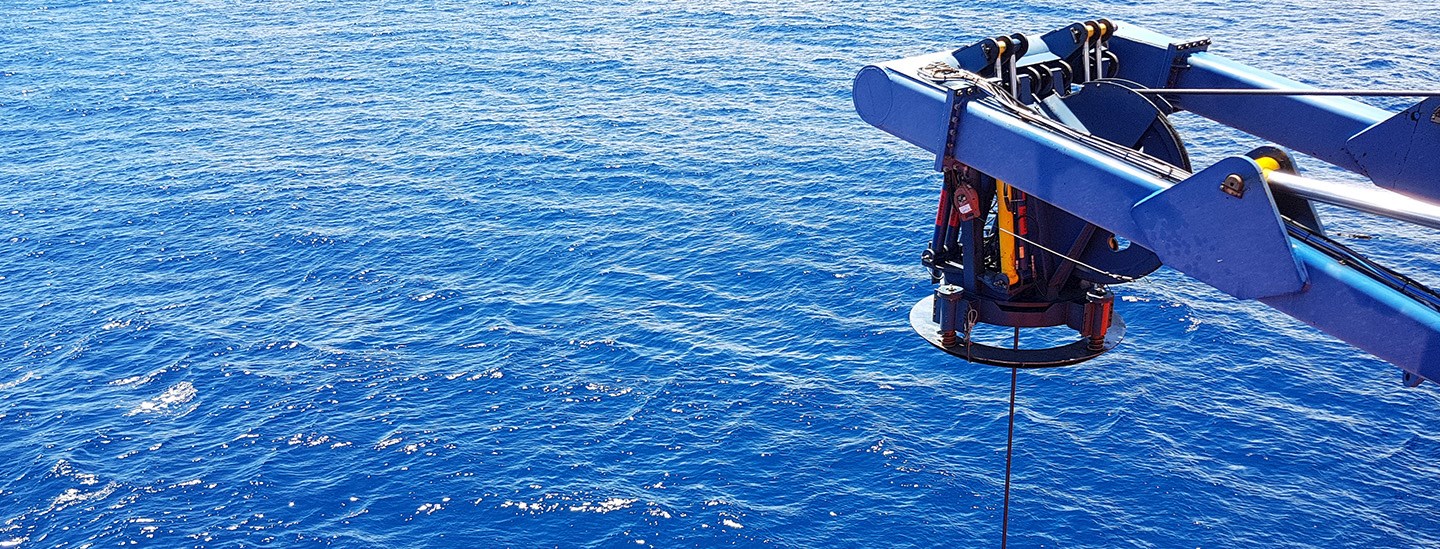Undersea cables and pipelines are hidden, but increasingly vital, enablers of the global economy that most people take for granted. Everyday business activities, such as sending emails, making videocalls, transmitting data and transferring money, rely on the services provided by telecommunication cables that traverse the floors of the world's seas and oceans.
Along with gas pipelines and electricity connectors, subsea cables are a critical component of global infrastructure, powering global business and maintaining energy security.
Extensive development of new facilities is reinforcing the criticality of 'blue economy' infrastructure, supporting the expansion of the digital economy and explosion of generative AI.
Sabotage attempts on cables in the Red Sea and the Nord Stream gas pipeline explosion in Europe in 2022 are examples of an emerging geopolitical threat. Meanwhile, the ransomware attack on Colonial Pipeline in 2021 is a reminder of the growing cyber risk exposures.
Businesses should factor in damage to submarine cable networks when carrying out scenario analysis and horizon scans.
Key insights
- 99% of the world's intercontinental internet traffic depends on undersea fiber-optic cables.
- Widespread reliance on critical subsea infrastructure presents a growing source of vulnerability, as undersea cables and pipelines are vital enablers of business activities and energy security.
- The blue economy is facing emerging threats due to a more challenging geopolitical landscape and the rising risk of sabotage.
- Identifying potential threats to undersea assets — and your dependence on them — is vital, as damage from natural perils or sabotage could have deeply harmful effects for business profitability.
- The consequences of damage to undersea cables are relatively little known, but can cause billions of dollars in losses, with the greatest risk occurring in areas reliant on a single cable.
- New regulation is coming into place, including EU CER and NIS 2 Directives, to address and respond to threats impacting vital infrastructure.
Published August 2024



